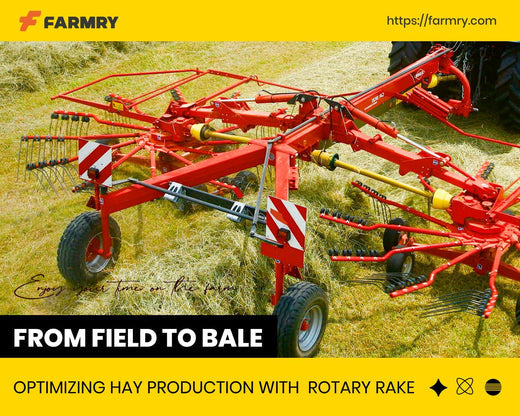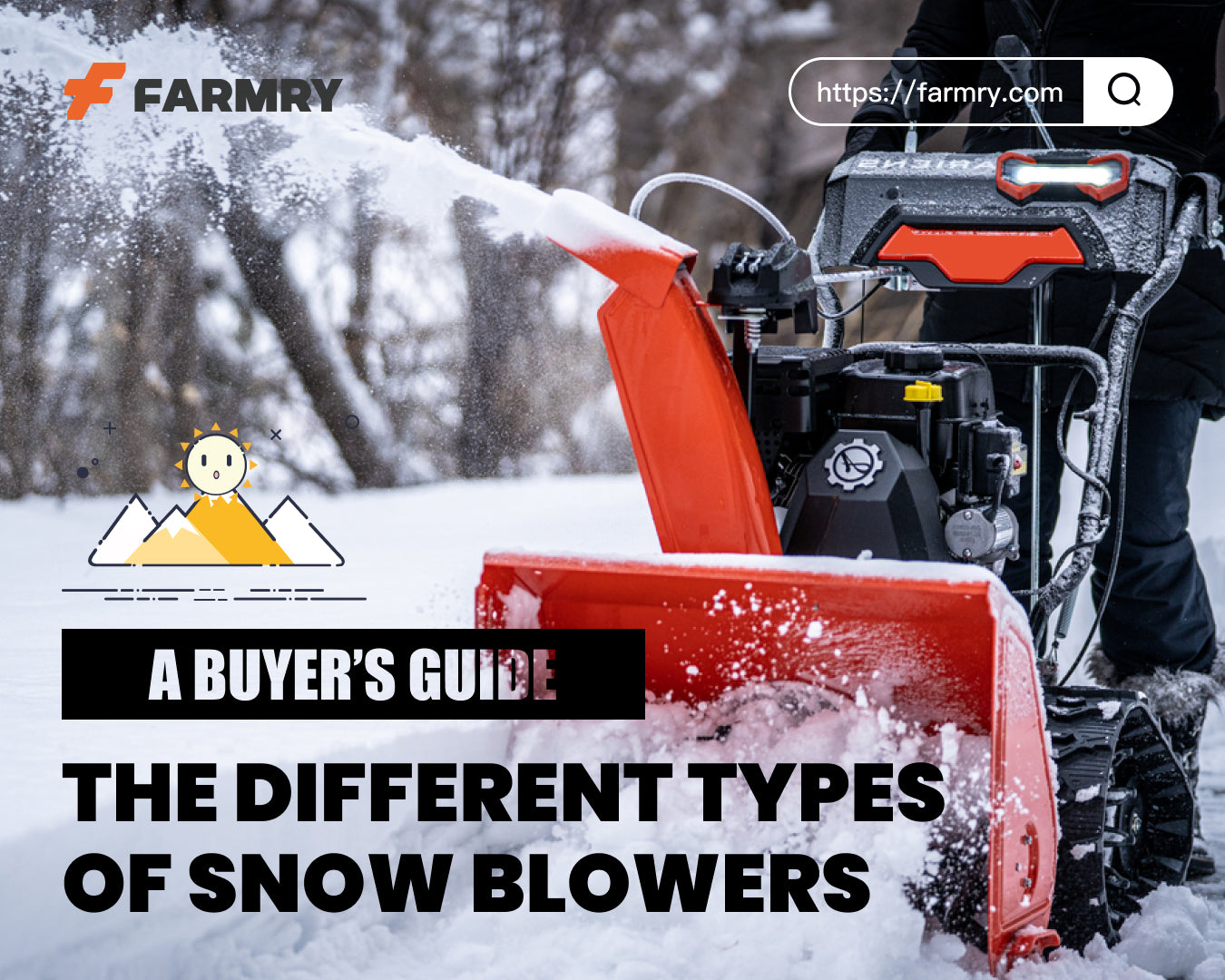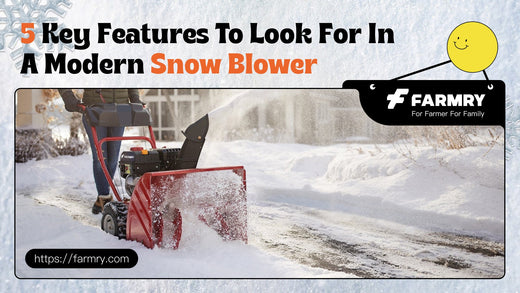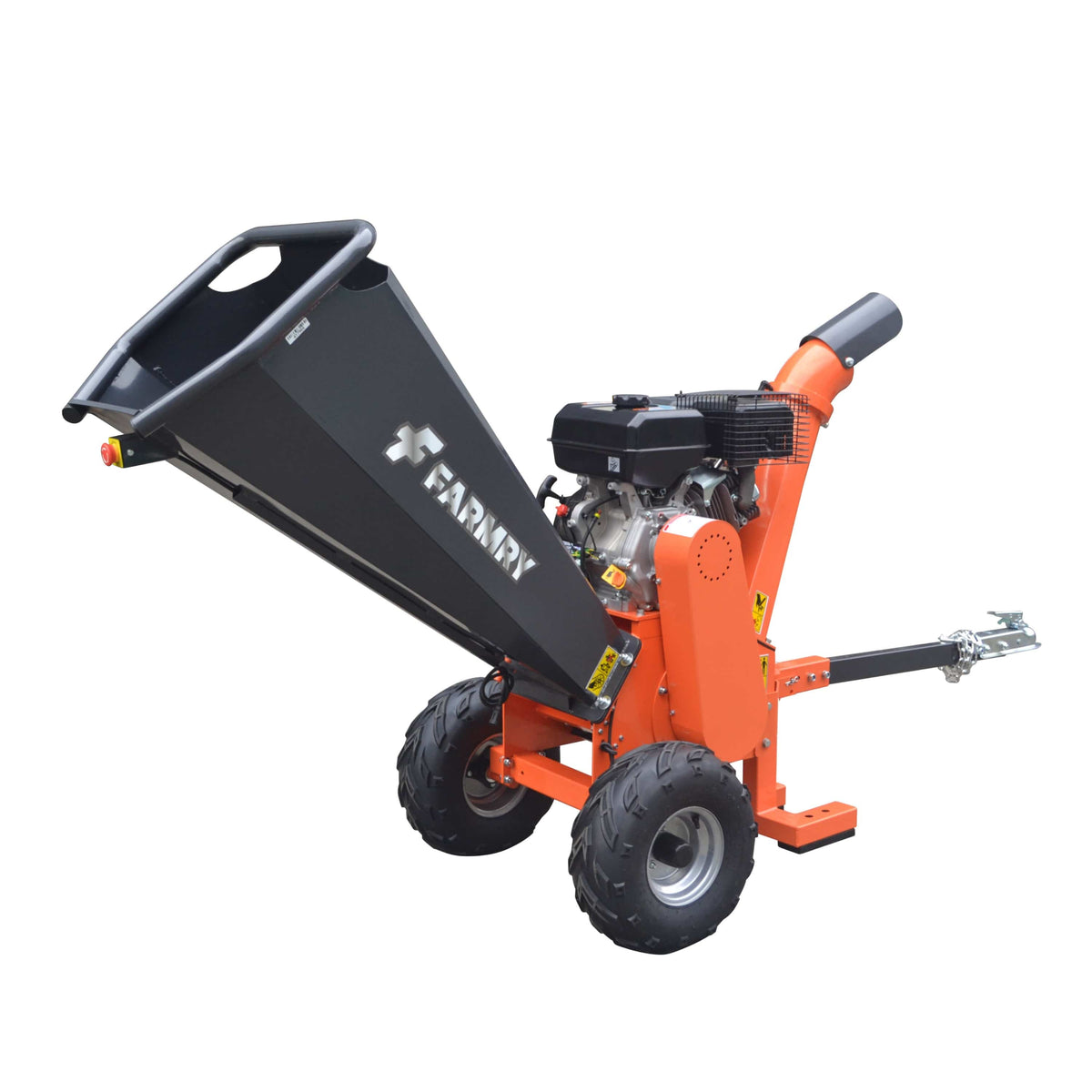Budgeting for an Offset Flail Mower
 Budgeting for the Best Offset Flail Mower: What Affects Price?
Budgeting for the Best Offset Flail Mower: What Affects Price?
Investing in the best offset flail mower requires understanding what drives price differences. From blade types to offset mechanisms and materials, each component plays a role in cost—and in performance. This guide breaks it down so you can confidently choose the right model without overspending or underbuying.
1. Blade Type and Count
The blades are a core component of every flail mower and greatly affect both pricing and mowing performance.
-
Hammer blades are best for rough terrain and cutting through thick brush, tall grass, and even small trees. These heavy-duty blades increase the mower’s power and durability—ideal for tougher jobs.
-
Y blades offer finer mulching and are better suited for grassy areas where a cleaner cut quality is desired.
Generally, more blades and stronger types result in a higher price—but for dense, irregular vegetation, it’s often worth it.
2. Hydraulic vs. Manual Offset
The offset feature allows the mower to shift sideways from the tractor’s centerline, which is essential when working around fence lines, trees, or ditch banks.
-
Hydraulic offset is more expensive but allows you to adjust the mower's position without stopping—ideal for operators handling large or uneven areas regularly.
-
Manual offset is more affordable and may be fine for occasional use, but it takes more time and effort to adjust in the field.
If you frequently mow awkward or hard-to-reach spaces, hydraulic offset will likely justify its higher price tag.
3. Construction Materials and Durability
What the mower is made of—and how it’s built—also affects its cost:
-
Heavy-duty steel frames increase strength and longevity, making them perfect for extended use or demanding environments. These are typically found on premium or commercial-grade flail mowers.
-
Lighter-duty models are cheaper and work well for small farms or hobby use, but may not handle overgrown grass or ditch bank flail conditions for long.
A strong rear roller is another feature to consider—it stabilizes the mower over uneven ground and contributes to even cutting.
4. Tractor Compatibility and Power Requirements
Not all flail mowers are created equal—especially when it comes to matching them to your size tractor and power output.
-
Smaller models are made for subcompact tractors, with lower horsepower needs and narrower cutting widths.
-
Larger mowers offer a wider mowing width and heavier builds, which require stronger tractors with a compatible PTO shaft.
Also check for features like a PTO brake, which improves safety during operation and shutdown.
5. Added Features and Ongoing Costs
Some features and accessories can raise the upfront cost—but often deliver better performance and lower long-term expenses:
-
A box blade can be used alongside the flail mower for land grading and is sometimes bundled in deals.
-
Easy access to replacement parts is essential for keeping maintenance costs down.
-
Higher-end models offer better cut quality with fewer passes, which saves fuel and time.
Quick Buyer’s Checklist
Here’s a summary of what to consider when budgeting:
-
Do I need hammer blades or Y blades?
-
Is hydraulic offset a must for my terrain?
-
Will I use this on thick brush, overgrown grass, or smoother fields?
-
Is my tractor size and PTO shaft compatible?
-
Do I want a mower with a rear roller for better cut control?
-
Are replacement parts easy to source?
-
Am I mowing near fence lines or on ditch bank flail areas?
Conclusion: Smart Spending Pays Off
Budgeting for the best offset flail mower is about more than just the sticker price. If your land has tough vegetation, uneven terrain, or narrow mowing paths, the right features—like hydraulic offset, durable hammer blades, and a strong rear roller—can save you time, effort, and money in the long run.
The key is finding the right balance between what you need and what you can grow into. Buy smart, and your mower will work as hard as you do.







